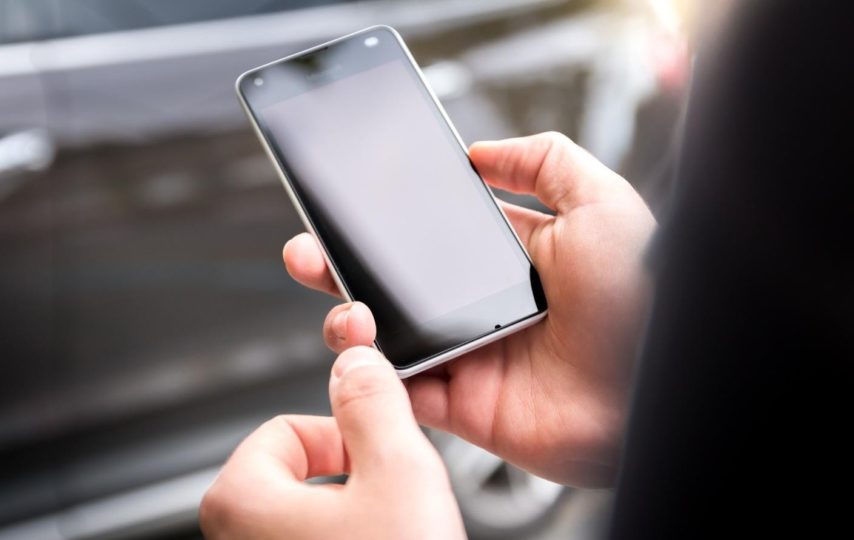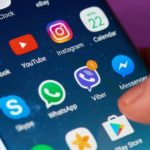No one likes their data to be accessed by unknown people. Everyone knows something is off if an app or a website knows too much about them. Most of them freak out and discard the portal immediately. It is not something you can afford as a developer.
The cut-throat competition in the digital marketplace calls for creativity, innovation, and value. Yet, security is the factor that tops it all.
These days, it is inevitable for every website to have an app. Making these apps secure is a daunting task. The 2018 Trustwave Global Security Report found that attackers were able to hijack or eavesdrop on a user session in a large number of cases. 86% of the tested apps had one or more session management vulnerabilities.
Importance of Data Protection in Apps
In February 2015, executives at medical insurance provider, Anthem woke up one morning to a horrific revelation. They found that someone slipped into the company’s database and stole the information about 78 million customers.
It is just one example. There are hundreds of companies that suffered these breaches. Every day, tech geeks come up with the latest firewalls to fix the loopholes. It’s because the threat to data is getting sophisticated and requires state-of-the-art solutions to fight it.
Security is an important consideration when designing a mobile app. Any breach of security brings problems like:
- Negative Market Reputation
- Loss of Shares
- Legal Risks
- Failure of Venture
Tips to Ensure Data Protection
If you are a developer looking for privacy solutions, keep scrolling. We have some valuable data protection tips for you.
Observe Privacy by Design (PbD)
Privacy by Design is about anticipating, managing, and preventing privacy issues. The developers have to take measures even before they write the first line of coding. It works on the belief that the best way to steer clear of privacy risks is not to create them in the first place.
This practice is also about realizing that users have privacy interests. They must address them proactively, not as an addition or an after-thought. The basic approach is quite simple. You should only ask for the relevant data.
Plus, it should offer end-to-end lifecycle protection of the users’ data. It refers to engaging in data retention, minimization, and removal.
Use Encryption
An app must establish measurable security protocols to protect the personal data of the users. One of these is the encryption method. Encryption algorithms convert plain text data into cipher text that conceals the original content. When they need data, they can restore plaintext after decryption.
Encryption is of two kinds:
- Symmetric – Secret Key Encryption (uses the same key for encryption and decryption)
- Asymmetric – Public Key Encryption (two separate keys: one private and one public)
Mobile data collection apps can save their data in two locations:
- On a cloud server
- In local memory
Given that mobile devices carry a higher risk of data theft or loss, the app must use encryption. For further details on the subject, you must study it in depth. You can compare against other methods and check out which seems relevant for your application.
Data Breach Notifications
Even giants like Yahoo and Uber couldn’t save themselves from data breaches. Now, you can realize the onus on you as a small app developer. You must develop a proper notification system. It provides you an opportunity to detect the flaws and make efforts to fix them.
For better security standards, you must incorporate a scrutiny system. All of your data must be under surveillance. You need to invest in the latest tech to make that happen. These systems tend to notify you as soon as they detect any risks wandering in or around your app.
You must develop a step-by-step guide. It will contain information about every step that you have to take when there is a data breach.
The recent breach at Walgreens, an American pharmacy store chain, provides some valuable lessons. It has the data of tens of millions of users. They released a notification on 28th February 2020, informing customers that their app was compromised.
There was an exposure of private information about some of their users. However, the company took appropriate steps to fix the issue. They also planned to conduct additional testing on the app.
This incident brings us to another perspective. That is, informing the users. As a developer, it is your responsibility to alert the users of any breach. It allows them to erase the data as soon as possible. If you don’t do that, it will result in loss of trust when the news about the breach surfaces.
Two-Factor Password Authentication
A simple password is too easy to break in. If you want to maximize the security of your app, you must incorporate the two-factor password authentication.
The easiest way to implement two-factor is via SMS. The user will receive an access code every time they want to log in to your application. But SMS has plenty of downsides as well. For example:
- It exposes you if someone hijacks your phone
- The message may be late
- Hackers can redirect two-factor notifications to their device
A survey conducted by the Information Systems Audit and Control Association (ISACA) questioned 900 cybersecurity experts. It found that 66% of the respondents consider two-factor password authentication as the most critical action for improving the security of mobile payments.
Thus, if your app requires sensitive information about the user or have online payment portals, we recommend you to implement a two-factor authentication method. Make sure it is updated with the latest security features and ensures end-to-end protection.
Some apps have successfully implemented this security protocol. For example, AirG updated its security features to ensure that users are not spammed with irrelevant requests. They did it so successfully that now their users know that when dealing with any app by AirG spam is not a concern.
Create Data Backups
Users invest their time and effort in creating their profiles on an appl. They add data, customize settings, and integrate their preferences within it. Personalization and preserving this data is the key to provide them a great user experience.
Data backup is the strategy you can use. It involves making extra copies of the data and saving it to another location. Your app should follow a robust data collection system. It must be regular and automatic.
Nonetheless, you don’t have to duplicate every input made by the user. Saving vital data should suffice. It includes:
- Identity data – It involves transferring users’ account when they sign in through a new device
- App data – It contains user-generated content and other data. Also, it allows for data synchronization.
- Settings Data – It will enable setting up the app similar to the prior use. It includes backing up the User-interface (UI) settings.
Parting Thoughts
As a developer, you have to list down all the risks involved with users’ data entry. The best technique is to keep data collection to a minimum. Don’t store every bit of information. It can put your whole reputation and years’ work at stake.
In the meantime, the users need to be informed about evolving risks and your mechanisms to fight them. The safer you play, the better are the chances for your growth. If you have any doubts or queries, feel free to comment below.
ABOUT Alycia Gordan
Alycia Gordan is a freelance writer who loves to read and write articles on healthcare technology, fitness and lifestyle. She is a tech junkie and divides her time between travel and writing. You can find her on Twitter: @meetalycia








